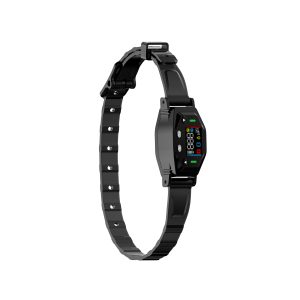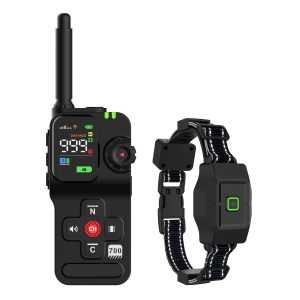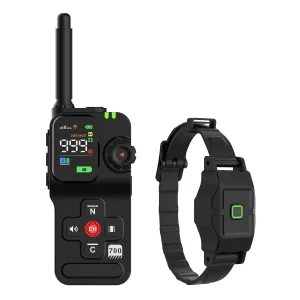The Science Behind Ultrasound Bark Control
It’s a common issue for many pet owners—their beloved furry friends have a tendency to bark excessively, whether it’s due to separation anxiety, boredom, or simply the thrill of engaging in some vocal exercises. While traditional training methods have their merits, the rise of ultrasound bark control devices has sparked interest and debate in the pet owning community.
Ultrasound bark control devices, also known as anti-bark devices, work by emitting high-pitched frequencies that are inaudible to human ears but are designed to capture a dog’s attention and deter them from barking. The concept behind these devices is rooted in the idea that dogs, with their keen sense of hearing, are receptive to frequencies beyond human capacity.
One of the primary appeals of ultrasound bark control devices is their non-invasive nature. Unlike shock collars or other physical deterrents, these devices aim to redirect behavior rather than punish it. This gentle approach has garnered favor among pet owners who prioritize positive reinforcement and humane training methods.
The Effectiveness of Ultrasound Bark Control Devices
While the idea of using sound to modify behavior may seem straightforward, the effectiveness of ultrasound bark control devices can vary depending on factors such as the individual dog’s temperament, the consistency of use, and the root cause of excessive barking. Some dogs may respond well to the deterrent effect of these devices and quickly learn to associate barking with an unpleasant sound, leading to a reduction in excessive vocalization.
However, it’s essential to note that ultrasound bark control devices are not a one-size-fits-all solution. Dogs with hearing impairments or those who are particularly obstinate may not be as responsive to these devices. Additionally, it’s crucial to pair the use of ultrasound bark control devices with positive reinforcement training to address the underlying reasons for excessive barking.
Choosing the Right Ultrasound Bark Control Device
As with any pet product, it’s crucial to research and choose an ultrasound bark control device that aligns with your dog’s needs and your training philosophy. Look for devices that offer adjustable frequency settings, as different dogs may respond more effectively to specific frequencies.
Consider the range and coverage area of the device to ensure that it is suitable for your living situation. For example, if you have neighbors in close proximity, you may opt for a device with a shorter range to minimize potential disturbances.
Final Thoughts
Ultrasound bark control devices can be valuable tools in managing excessive barking behavior in dogs, but they are most effective when used as part of a comprehensive training plan that incorporates positive reinforcement and understanding of your dog’s individual needs. By taking a proactive and patient approach to training, you can cultivate a harmonious relationship with your furry companion while promoting a peaceful environment for you and your neighbors.




